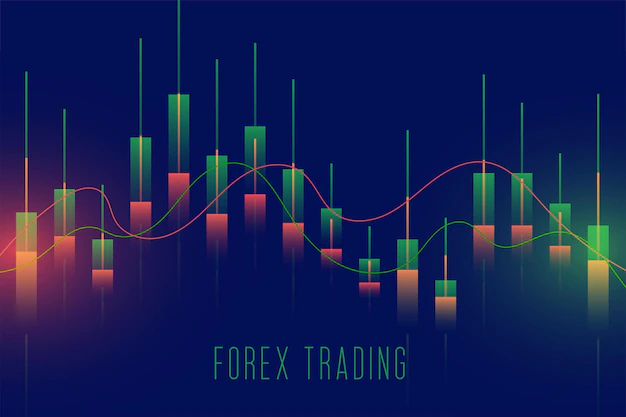Steps To Forex Trading Options Of Your Dreams

Table of Contents
What Are FX Options?
Like regular options, all forex options are either “puts” or “calls.” You have the right to sell with a put option, and with a call option, there is a right to buy. Forex options, like traditional options, are high-risk financial instruments.
. A put option is a short (bearish) position that makes money when the underlying asset price goes down.
A call option grants the purchaser the opportunity, but not the necessity, to acquire the underlying asset at the option’s strike price before the option’s expiration. A call option is a bullish financial instrument—a position making money when the underlying asset price increases.
The Jargon Of Forex Options
Seven essential terms for forex trading options are defined below.
- The price at which a contract can be “called” into action is known as its “strike price” (i.e., exercise price)
- Premiums with a time component are called “time value.”
- In other words, the “spot price establishes the present worth of the underlying item.”
- The premium is the sum of the option’s strike price and the market price at the time of purchase. Plus, the value of the time left on the contract.
- Break-Parity – The spread between the spot price and any futures or options price
- “Intrinsic” spaces occur when the spot rate is below the market price.
- The negative space between the option’s strike price and the underlying spot price is an example of an irrelevant factor; “Extrinsic.”
Various Forms Of Foreign Exchange Options
Other varieties exist in the foreign exchange market beyond standard vanilla options, such as exotic currency options. Find below an introduction to options trading. Types of Forex Options Exposed Below
- Standard rate choices
- Optional Barricades (turbo warrants, touch brackets)
- Swaptions (converts to swap position) (converts to a swap position)
- Bank Guarantees (long-term options)
- Potentially Risky yet Rewarding Binary Options (Digital 100s)
- Countdowns
Why Engage In Foreign Exchange Options Trading?
Even though options aren’t suitable for every investor, some people who trade foreign exchange find them appealing since they include features that other forex products don’t. Some reasons investors engage in forex options trading are outlined below.
When purchasing options, there is a certain degree of risk.
- Avoiding a margin call or going bankrupt (except for Turbo or Barrier options)
- Ability to partially or entirely offset other positions
- Options may combine to create granular trading strategies.
- Have an established time limit before they lapse
- Extreme danger lurks in selling options with unknown risk or purchasing far-out-of-the-money options with low expected returns.
It is common knowledge that a trader must research the market and asset before placing a transaction. With such knowledge, he may better assess market circumstances and execute profitable trades.
How Do You Choose The Finest Binary Options Signals Provider?
In the context of a binary options trading technique, a Binary Options Signal is an alert that indicates favourable market conditions.
A trader’s odds of making a profitable deal with binary options increase the more data he collects from various binary options indicators or sources.
A live binary signals free offers you information such as the time the call first delivered, the asset’s price at the time of the movement, the striking price, or the minimum price at which a trade generated, the expiration time, or the time by which a transaction must be closed, and the trade’s direction.
Common Options Trading Strategies?
There are more than a dozen common tactics used to build an options position with preset risk in expectation of specific market behaviour linked to price direction and volatility, depending on what you anticipate in the market for a given currency pair and time frame: Multiple options in a single contract constitute a combination position.
A straddle (or strangle) is a combination of a put (or calls) and a call (or both) with the same expiry date and the same or separate strike prices.
While the strike price and expiration date need not be the same, a spread strategy requires you to purchase and sell the same option.
The asset’s value at its expiration period is often known as the “expiration price.” The signal’s status (whether won or lost), the high and low prices, the time, etc., are all included in expired calls.




